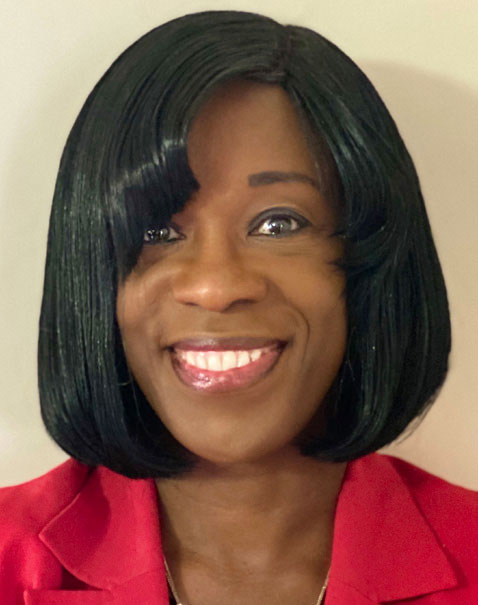| Access sessions, exhibit hall and special events through the Academy event planner. |
A diverse panel of optometrists will use their own cultural competencies to discuss issues of diversity in optometry, as part of the “Special Symposium on Diversity, Equity, and Inclusion”—the first of its kind featured at the Academy, taking place October 8, 1-3pm. The symposium, co-sponsored by the Association of Schools and Colleges of Optometry (ASCO), National Optometric Association (NOA) and the Academy, will offer strategies for working toward a more diverse, culturally sensitive and inclusive profession.
 |
| Sherrol Reynolds, OD, FAAO, associate professor and chief of advanced ophthalmic care at Nova Southeastern University. |
“We are in unprecedented times,” says Sherrol Reynolds, OD, FAAO, an associate professor and chief of advanced ophthalmic care at Nova Southeastern University who’ll be speaking at the symposium, in an Academy newsletter before the event. “As we battle the COVID-19 crisis, we are faced with the longstanding pandemic of racial inequality, racism and bigotry that is still present in our society. With the population becoming increasingly diverse, it is imperative that our profession work toward improving the inequities in health and vision care. Future optometry students will see an increasingly diverse patient population. These patients will require personalized approaches to meet their visual and healthcare needs. To address these challenges, we need increased focus on diversity, equity and inclusion (DEI) in our profession.”
In the academic setting, Dr. Reynolds notes, optometry students must feel “safe, embraced and respected in a diverse learning environment.” And in the clinic, “more work is needed to improve DEI of underrepresented minorities—Blacks, American Indians/Alaska Natives and Latinos in the profession.”
Other speakers will include: Karla Zadnik, OD, PhD, the Glenn A. Fry Professor of Optometry and Physiological Optics and dean at The Ohio State University College of Optometry; Jo LaBorde, strategic initiatives director at the American Academy of Optometry; Cynthia Heard, OD, of Southern College of Optometry’s Eye Center; and Gary Y. Chu, OD, MPH, FAAO, vice president of professional affairs, and adjunct associate professor at the New England College of Optometry.
The discussion will center around the ASCO Guidelines for Culturally Competent Eye and Vision Care, developed from a framework created by health professionals outside of optometry. The guidelines, which are intended to help optometry schools and colleges institute culturally competent practices, urge that the recommendations become part of the educational fabric of institutions rather than viewed as a stand-alone or add-on initiative.
The guidelines state that practicing optometrists must possess “the patient-centered attitudes, knowledge, and skills necessary to competently serve a diverse community with its spectrum of education, experiences, beliefs, values, customs, preferences, fears and expectations that impact the interpersonal interactions of clinical care.”
“Cultural competence provides health care providers with the requisite attitudes, knowledge, and skills to obtain the necessary information to make timely and appropriate diagnoses,” states ASCO’s Guidelines for Culturally Competent Eye and Vision Care (see Table for more). “It facilitates the development of treatment plans that are more readily followed by the patient and supported by family members, reduces delays in seeking care and receiving appropriate use of health care services, enhances overall communication and positive clinical interaction between patients and providers, and fosters compatibility between biomedical and cultural health practices.”
At the Academy, leaders plan to work with the NOA and ASCO to create lasting improvements in the profession with regard to diversity. This year, the Academy is partnering with the NOA to offer continuing education on the impact of COVID-19 on different populations, race and eye care, and the visual health ramifications of diabetes, hypertension and glaucoma on a diverse patient base. In addition, the Academy recently formed a task force to increase diversity across the Academy membership base and leadership team.
Cultural Competence vs. Cultural Incompetence | |
| Cultural Competence | Cultural Incompetence |
|
|
Source: ASCO Guidelines for Culturally Competent Eye and Vision Care | |
